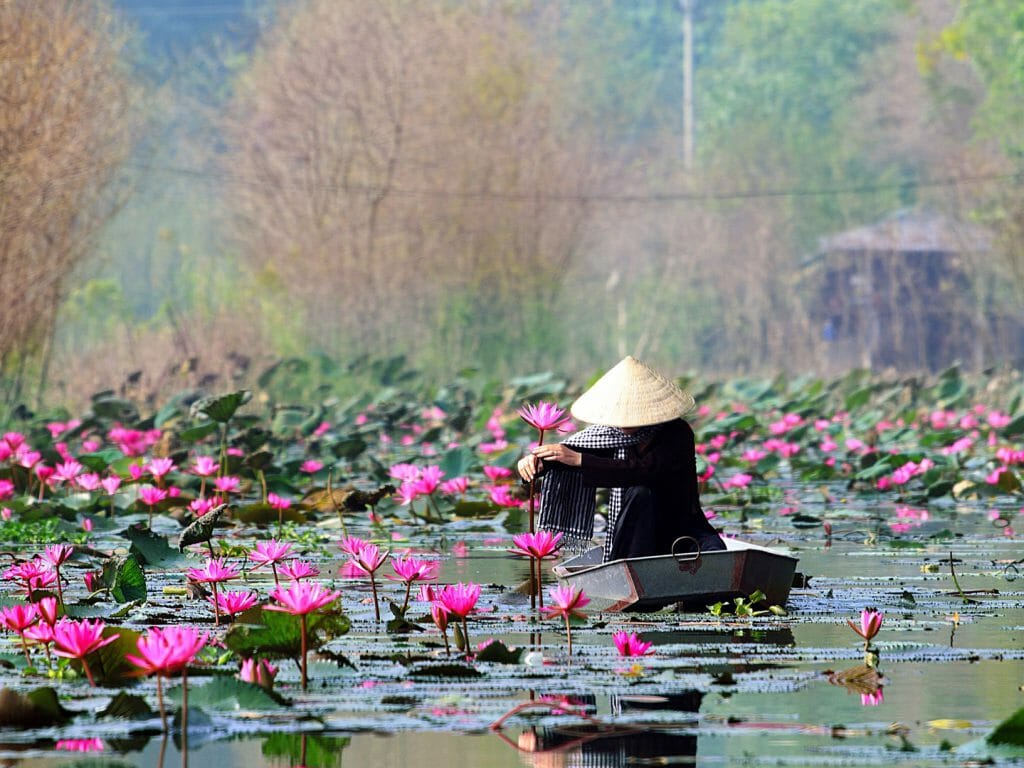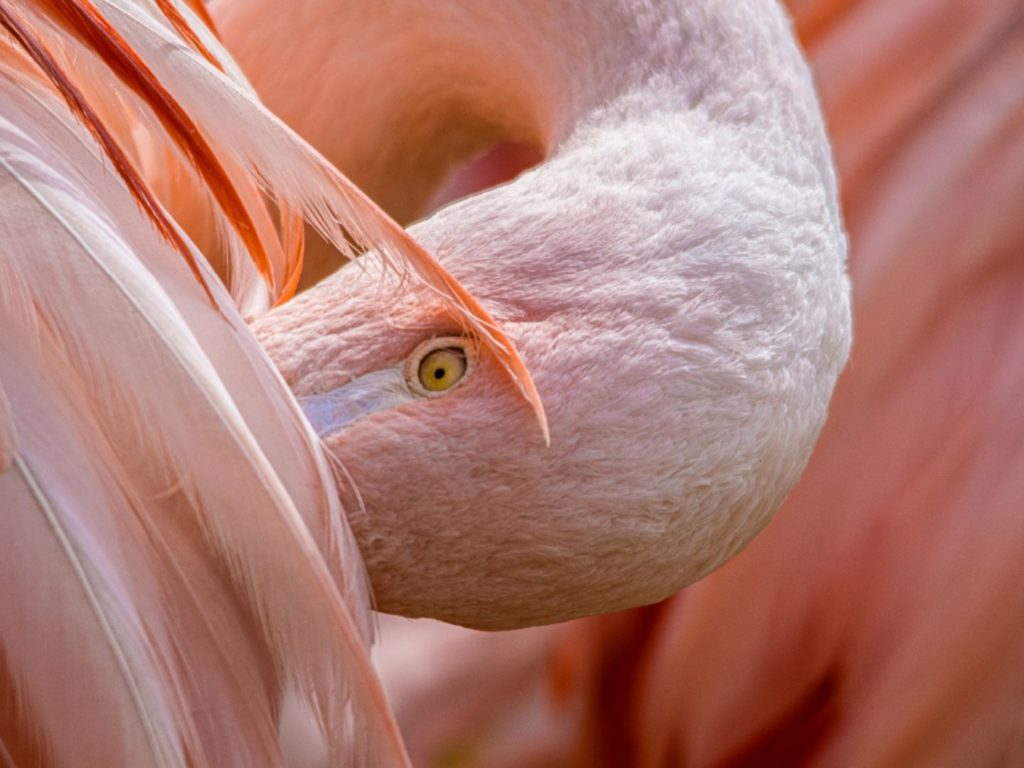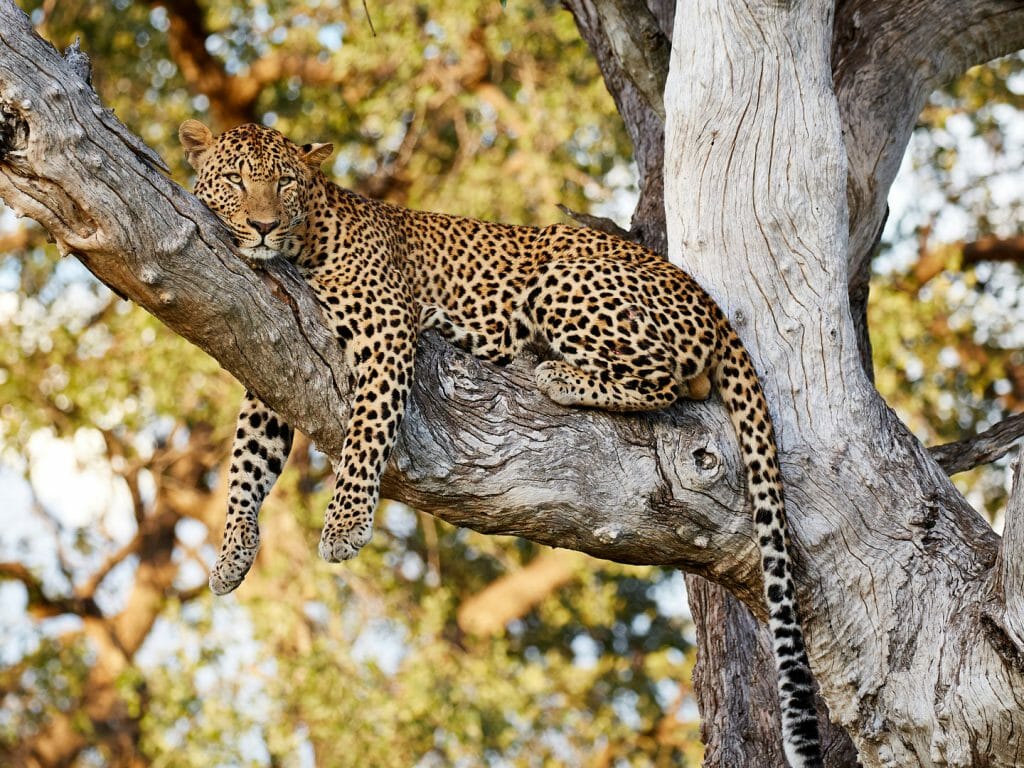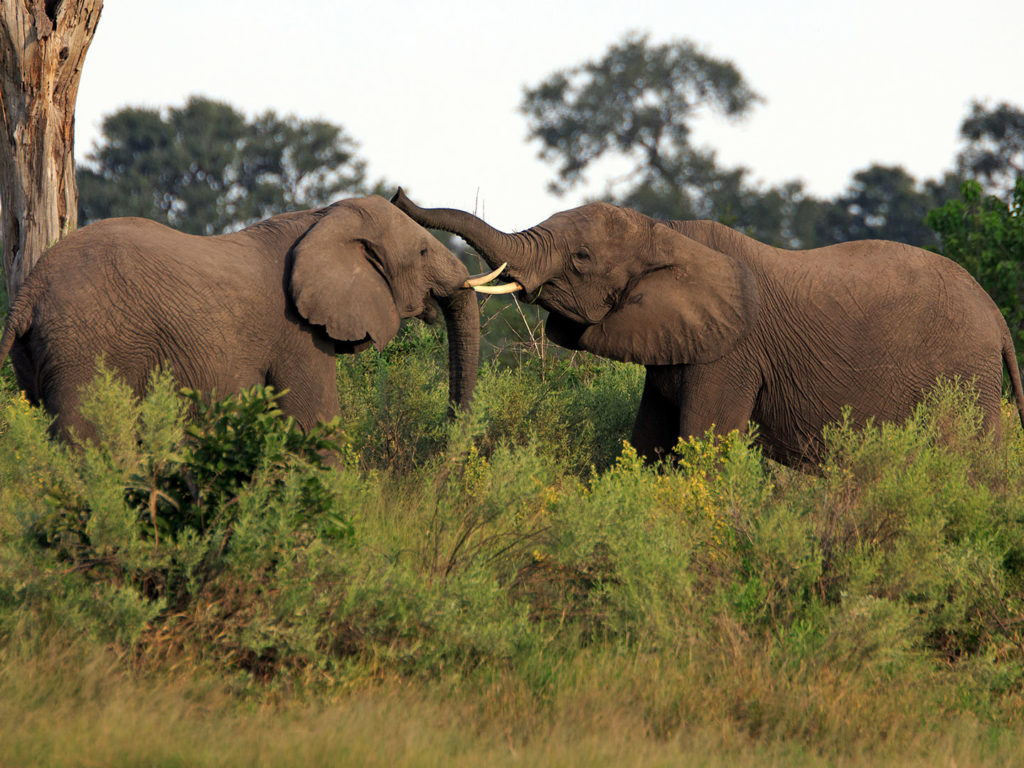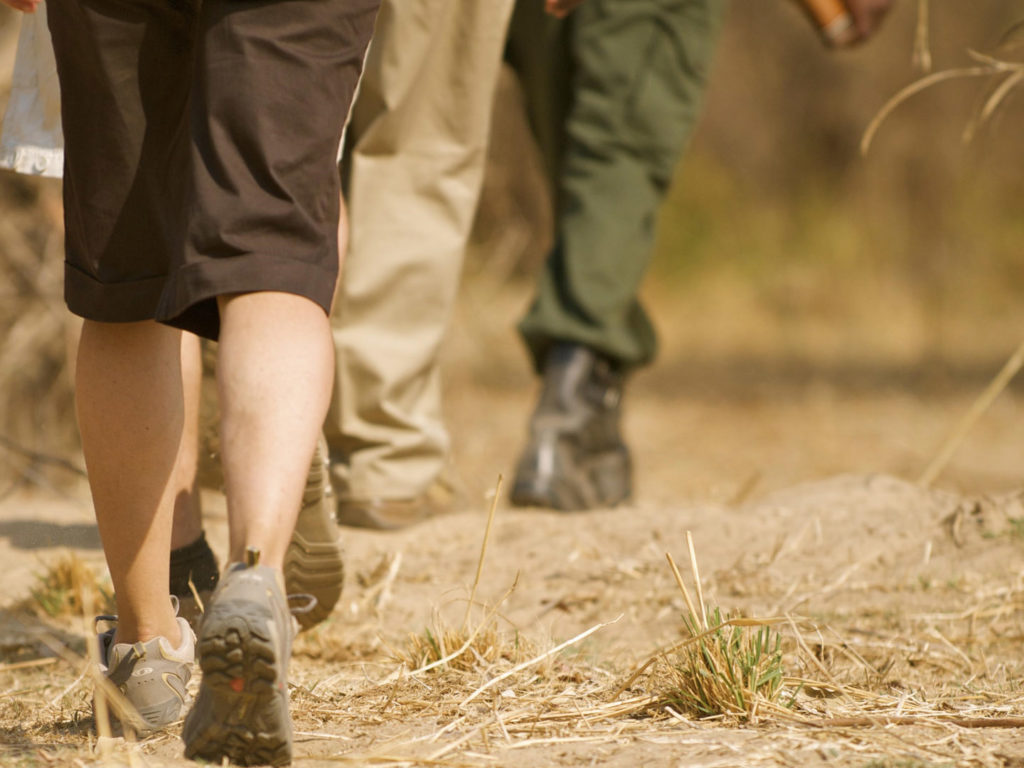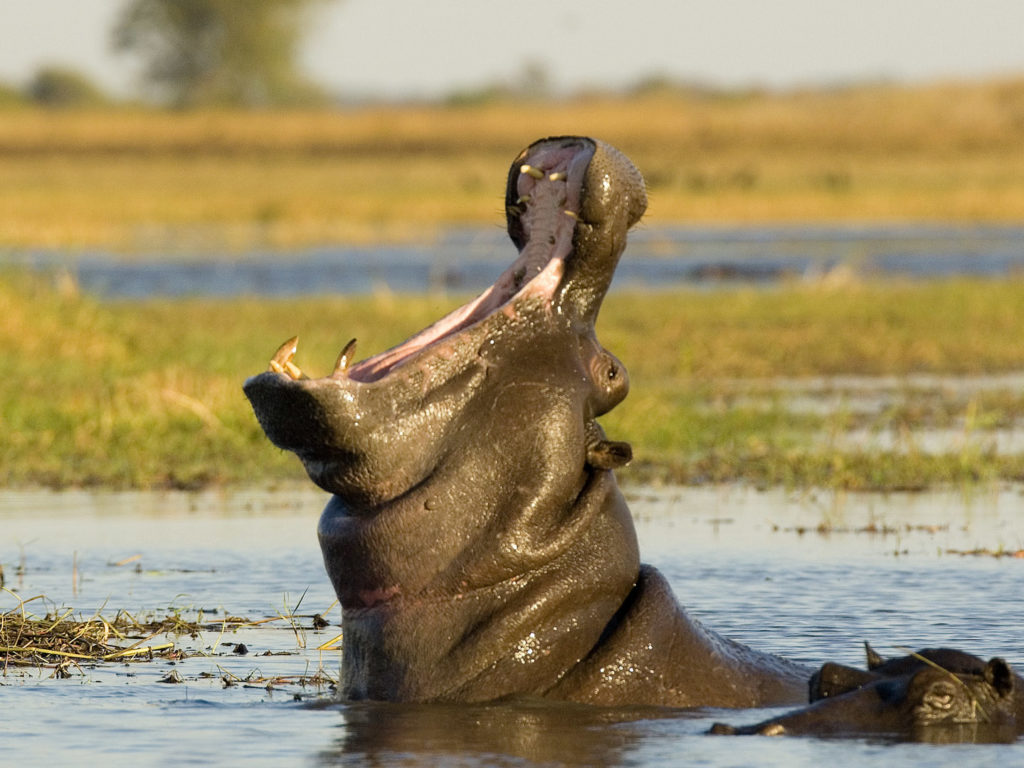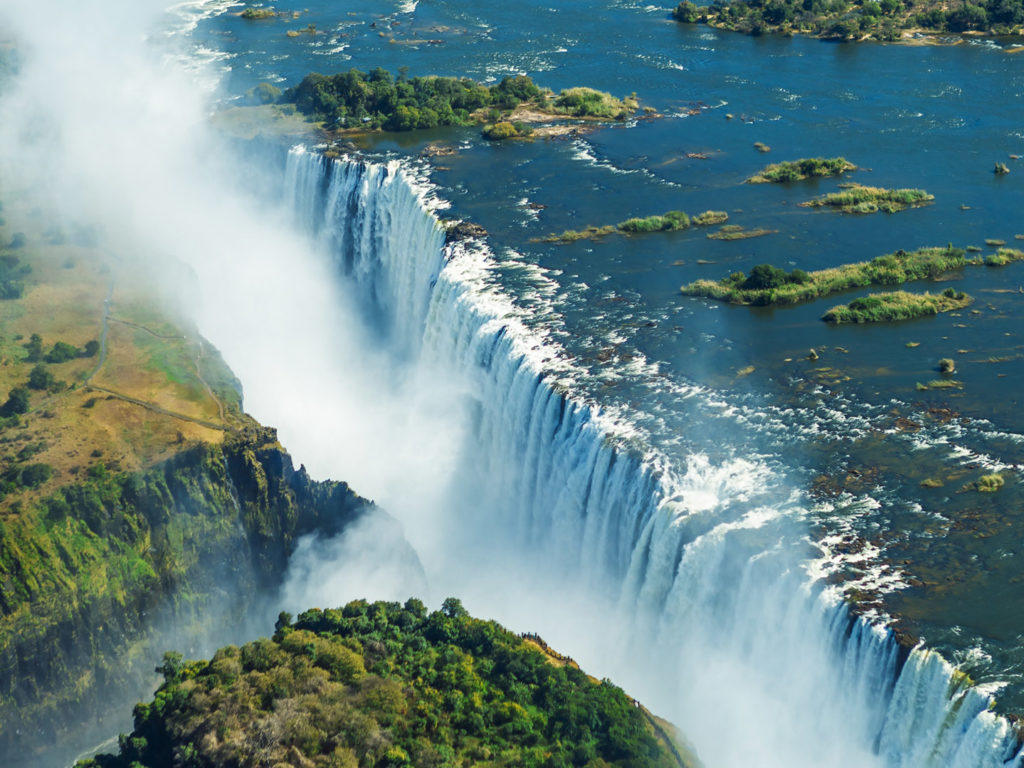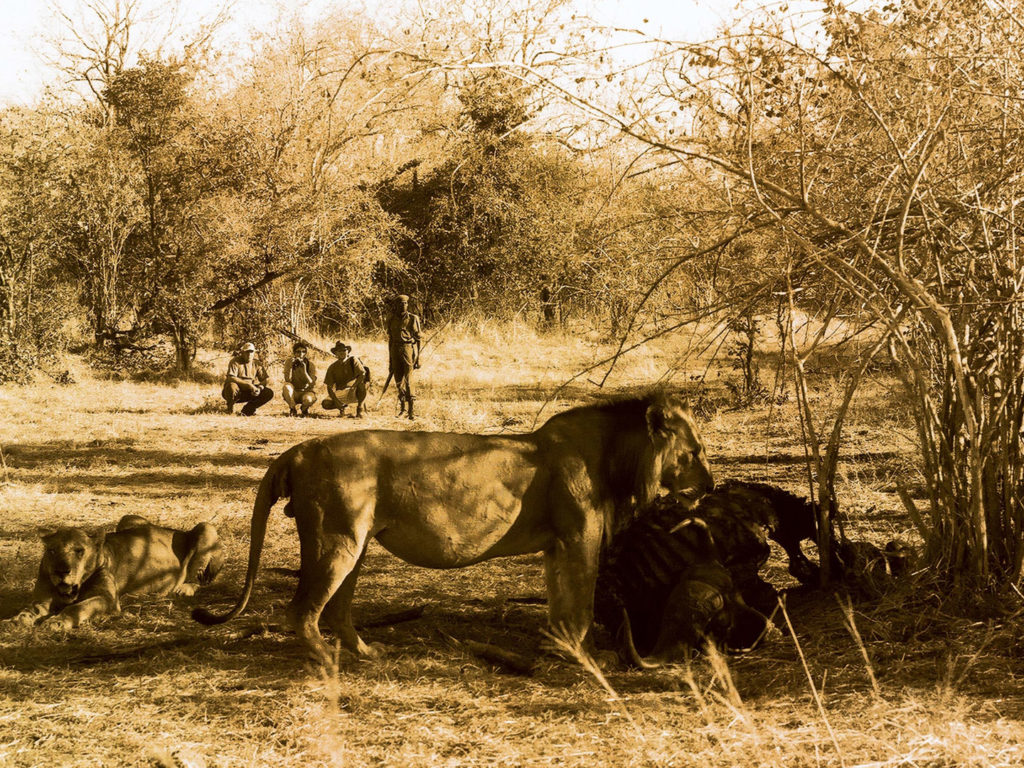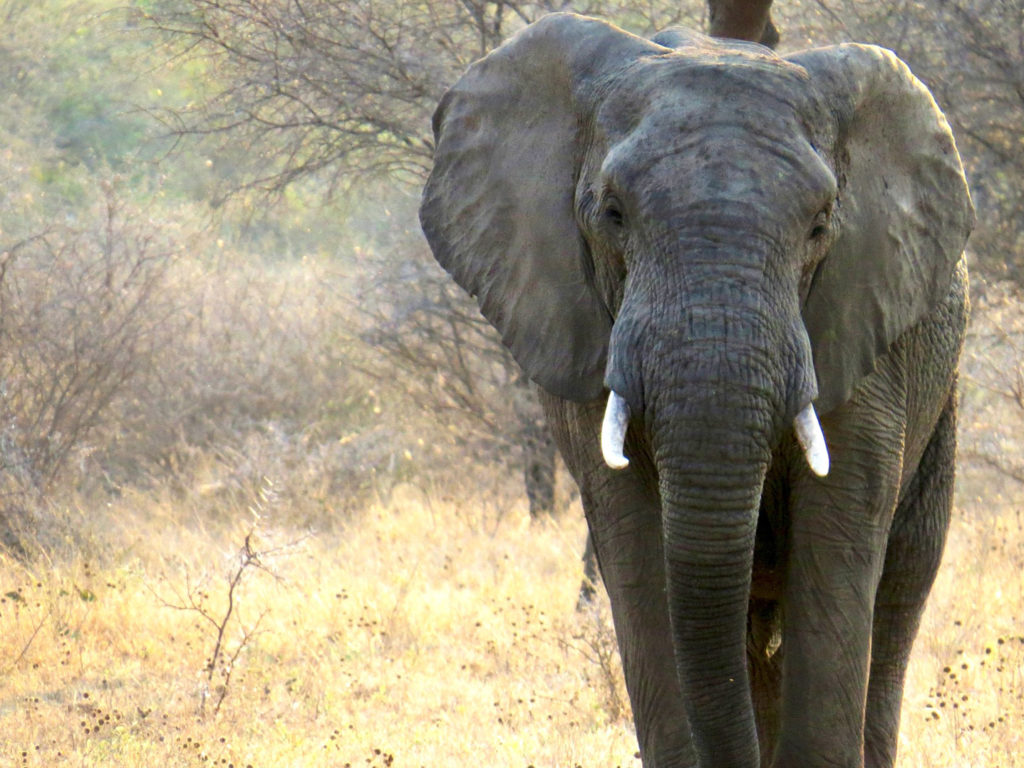Most of my life has been spent in the vicinity of the Zambezi Valley. I have had the privilege of canoeing on the Zambezi River several times and have experienced numerous safaris in South Luangwa, but I had never explored the Kafue National Park – until this October.
Kafue National Park is one of Africa’s largest unfenced national parks, approximately the size of Wales, and its magnificence is difficult to express. Often overlooked by most travellers, Kafue features a massive diversity of wildlife, including Burchell’s zebras, waterbucks, hartebeests, blue wildebeests, cape buffaloes, elephants, lions, leopards and cheetahs.
My journey took me along the Kafue River on a solar-powered boat, overland by 4×4 and even into the air on a spectacular balloon flight over the Busanga Plains. I came away in love with this park and here are just a few reasons why everyone should visit:
The incredible boat cruises along the Kafue River
As Africa embarks upon a mission to increase the use of solar energy, many lodges and camps have begun to utilise solar-powered boats. I boarded a pontoon boat, noticeably quieter than other boats I had journeyed on in the past, which enabled a much closer look at the surrounding wildlife. As we drifted through the calm waters of the Kafue River, our guide suddenly spotted a male lion on the banks of the river and swiftly instructed us to remain seated and silent so as not to appear as a challenge.
As we made our clandestine approach, the lion lazed peacefully, oblivious to our presence for at least one minute before he lifted his great head in realisation. After nearly five minutes spent in his company, we watched as he wandered away into the bush.
Allowing for a multitude of extraordinary experiences and photographic opportunities, the Kafue River offers an exceptional diversity of wildlife – both at its banks and in its waters. It is possible to spot pods of hippos, crocodiles, nesting bee-eaters and a variety of other birds. Despite this, it is uncommon to see more than three boats at any given time while on the waters, ensuring that a boat safari on the Kafue River instils a sense of peace and tranquillity, as well as anticipation.
The untouched Busanga Plains
The Busanga Plains, situated in the north-western region of the park, comprises of masses of Miombo and mopane woodlands as well as hordes of Mutondo trees. I was struck by the vast network of minute rivers, tributaries of the Kafue River, as well as the riverine vegetation and the immense assortment of birdlife, including wattle cranes, herons, and flocks of open-billed and yellow-billed storks. This enormous area is alive with herds of red lechwes, roans, zebras, hartebeests, blue wildebeests, waterbucks, wild dogs and buffaloes – all this, yet very few people.
The lack of crowds
Astonishingly, I did not see more than two vehicles at any given time during game drives in Kafue National Park. The park is reminiscent of the Serengeti National Park, but without the crowds. It is possible to drive for miles without seeing another vehicle and uninterrupted sightings are almost guaranteed.
I took to the skies on a spectacular hot-air balloon flight over Busanga, looking forward to the spectacular aerial views, but I was awed by the vastness of the landscape, best appreciated from this unique bird’s-eye view. Our flight took us over large herds of red lechwes, pukus, hippos and zebras. And as the sun rose higher, we were treated to a silhouette of our hot-air balloon imprinted on the land below.
The experienced and enthusiastic guides
In my experience, guides have the capacity to make or break a safari trip, and those in Kafue National Park have taken guiding to new heights. Their wisdom, expertise and passion ensure that you acquire a much deeper understanding and awareness of the animal and plant life found throughout this vast park. Even after years on safari, I still learnt a lot. For instance, did you know…
- …that a yawning hippo is showing signs of aggression?
- …that elephants have the longest gestation period of all animals, carrying their young for nearly two years before giving birth?
- …that Kafue National Park harbours approximately 65,000 Kafue lechwes, and that outside of their breeding season they mainly live in distinctly separated male and female-only herds?


